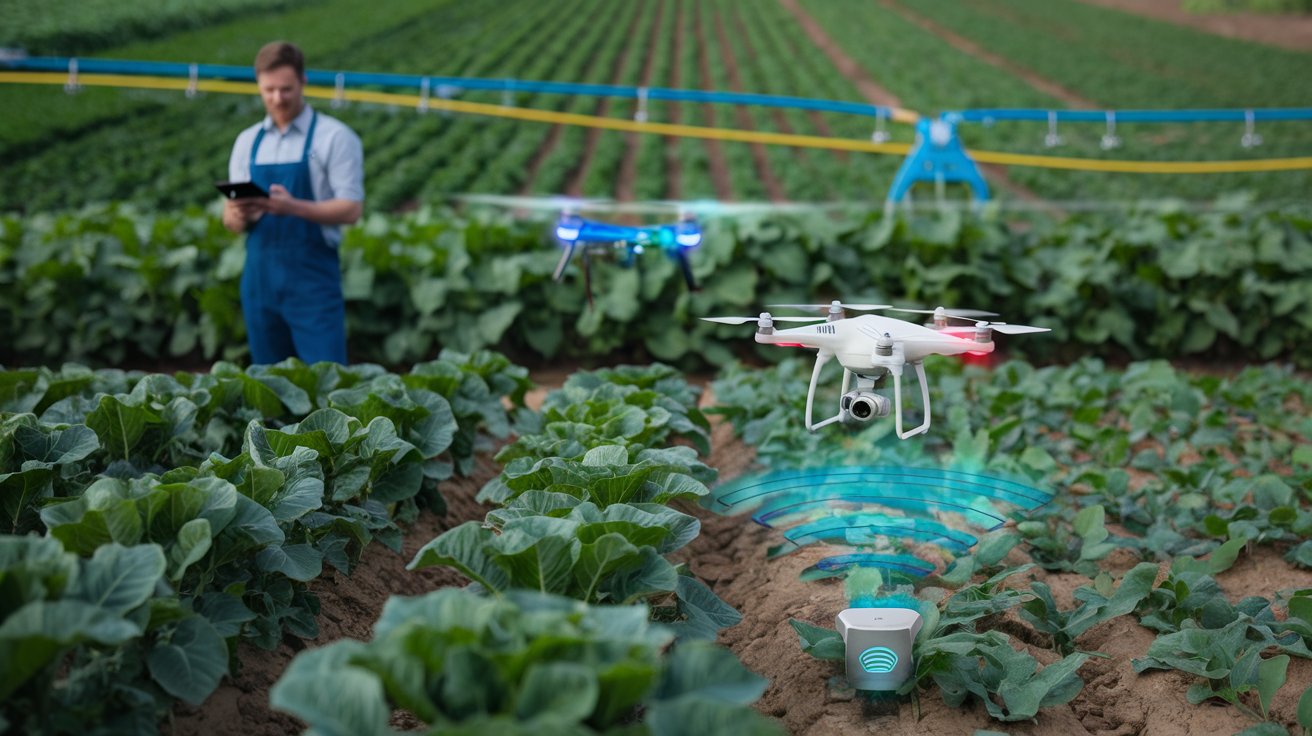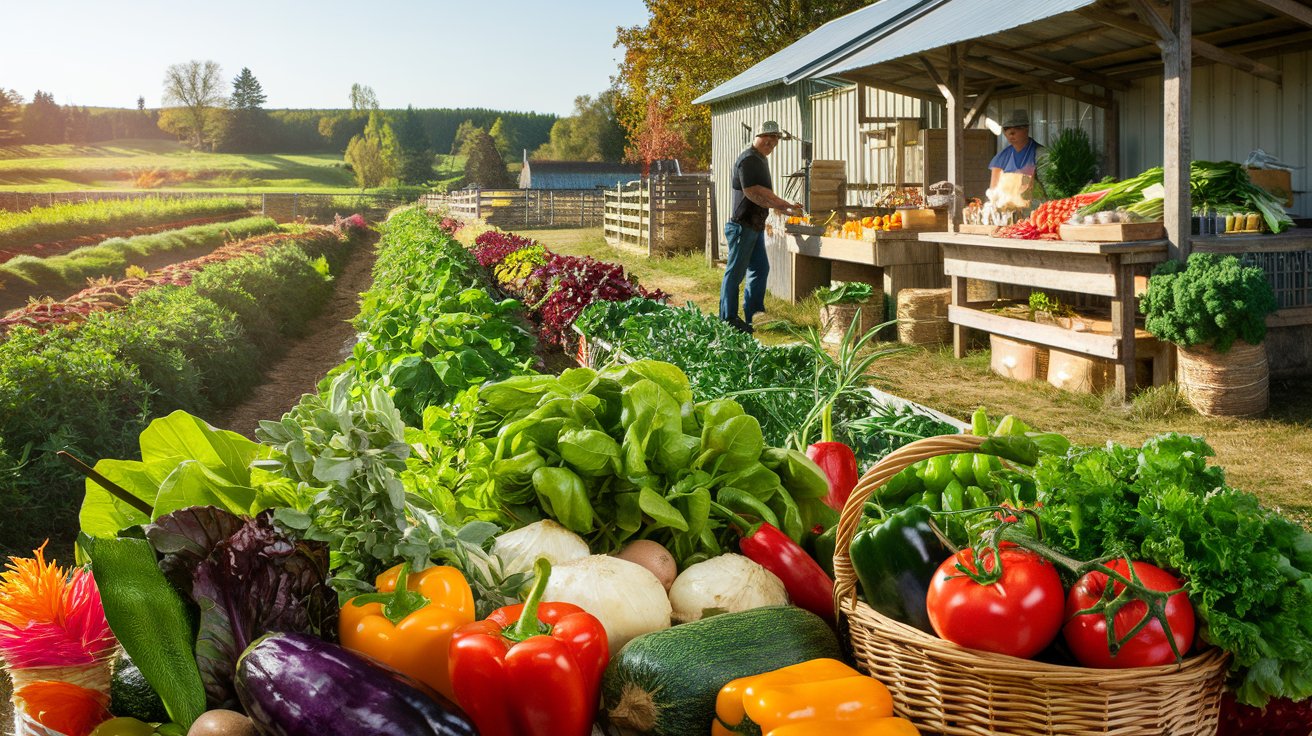The agriculture industry is rapidly evolving, with technology playing a pivotal role in maximizing productivity and sustainability. Establishing an Agri-Tech platform that offers farmers data-driven insights through smart farming software presents a lucrative opportunity in the agri-tech market. This article outlines how to create your Agri-Tech business, focusing on practical suggestions, key areas of consideration, and the latest ideas to ensure success.
Understanding Agri-Tech
Agri-Tech refers to the integration of technology in agriculture, aimed at enhancing efficiency, productivity, and sustainability. Agri-Tech platforms utilize data analytics, artificial intelligence (AI), and Internet of Things (IoT) devices to offer solutions such as crop management, soil health monitoring, weather forecasting, and resource optimization. By leveraging these technologies, farmers can make informed decisions that improve yields and reduce costs.
Steps to Establish Your Agri-Tech Business
- Conduct Market Research
- Identify Target Audience: Research the needs and challenges faced by farmers in your target market. Understand their technology adoption levels, pain points, and specific requirements for crop management and productivity enhancement.
- Analyze Competitors: Evaluate existing Agri-Tech solutions and identify gaps in their offerings. Analyze their pricing models, features, and customer feedback to pinpoint opportunities for differentiation.
- Develop a Business Plan
- Define Your Vision: Clearly outline your business mission, goals, and unique value proposition for your Agri-Tech platform. This will serve as a roadmap for your operations and marketing strategies.
- Create Financial Projections: Estimate the costs associated with developing your technology, marketing your platform, and providing customer support. Include potential revenue streams such as subscription fees, licensing, or consulting services.
- Choose a Technological Framework
- Select the Right Technology Stack: Choose a technology stack that supports your platform’s functionalities, including programming languages, cloud services, databases, and development frameworks suitable for data analytics and IoT integration.
- Develop User-Friendly Software: Design an intuitive user interface (UI) that simplifies data access and analysis for farmers. Consider mobile-friendly solutions that allow farmers to monitor their operations on-the-go.
- Build a Minimum Viable Product (MVP)
- Identify Core Features: Focus on developing a minimum viable product (MVP) that includes essential features such as crop management tools, soil health monitoring capabilities, weather forecasting functionalities, and data visualization. This allows you to test the market without over-investing initially.
- Gather Feedback: Launch the MVP to a small group of users and gather feedback to identify areas for improvement. Use this input to refine your platform before a wider launch.
- Incorporate the Latest Technologies
- Artificial Intelligence and Machine Learning: Integrate AI and machine learning algorithms to analyze large datasets, providing predictive analytics for crop yields, pest infestations, and optimal planting schedules.
- Blockchain Technology: Implement blockchain solutions for supply chain transparency, ensuring traceability from farm to fork. This can enhance consumer trust and improve food safety.
- Remote Sensing Technologies: Utilize satellite imagery and drone technology to monitor crop health, assess soil conditions, and manage irrigation more effectively.
- Establish Partnerships and Collaborations
- Collaborate with Agronomists and Experts: Partner with agronomists, agricultural experts, and research institutions to validate your platform’s effectiveness and ensure that your solutions are based on scientific principles.
- Engage with Farmers: Build relationships with local farmers or agricultural cooperatives to understand their specific needs and incorporate their feedback into your platform development.
- Implement Data Analytics and IoT Solutions
- Incorporate IoT Devices: Offer integration with IoT devices such as soil sensors, weather stations, and drones that collect real-time data. This data can enhance your platform’s insights and improve decision-making for farmers.
- Utilize Data Analytics: Develop algorithms that analyze collected data to provide actionable insights, such as optimal planting times, irrigation needs, and pest management strategies.
- Launch Marketing and Sales Strategies
- Develop a Strong Brand: Create a brand identity that resonates with your target audience. Develop a memorable name, logo, and messaging that communicates your platform’s value.
- Utilize Digital Marketing: Implement digital marketing strategies, including search engine optimization (SEO), content marketing, and social media engagement, to attract farmers to your platform.
- Participate in Trade Shows and Agricultural Events: Attend agricultural trade shows and events to showcase your Agri-Tech platform, network with industry stakeholders, and generate leads.
- Provide Customer Support and Training
- Offer Comprehensive Support: Develop a customer support system that includes tutorials, FAQs, and live assistance to help farmers effectively use your platform. Ensure your support team is knowledgeable and responsive to user inquiries.
- Conduct Training Sessions: Organize training workshops or webinars for farmers to familiarize them with your platform’s features and benefits. This will enhance user adoption and satisfaction.
- Monitor Performance and Gather Feedback
- Track Key Performance Indicators (KPIs): Monitor user engagement, retention rates, and customer feedback to assess your platform’s performance. Use analytics tools to measure the effectiveness of your features and identify areas for improvement.
- Iterate and Improve: Continuously update and enhance your platform based on user feedback, technological advancements, and industry trends. Staying adaptable will ensure your Agri-Tech solution remains relevant and competitive.
- Explore Funding Opportunities
- Seek Investors or Grants: Explore funding options such as angel investors, venture capital, or agricultural grants to support your business growth. Present a compelling business plan to attract potential investors.
Conclusion
Establishing an Agri-Tech platform presents a unique opportunity to leverage technology to address the evolving needs of the agriculture sector. By following these steps and focusing on practical suggestions, you can create a robust platform that provides farmers with data-driven insights, enhancing their decision-making and productivity. With a commitment to innovation, customer support, and continuous improvement, your Agri-Tech business can thrive in this rapidly growing market, contributing to a more sustainable and efficient agricultural industry.




